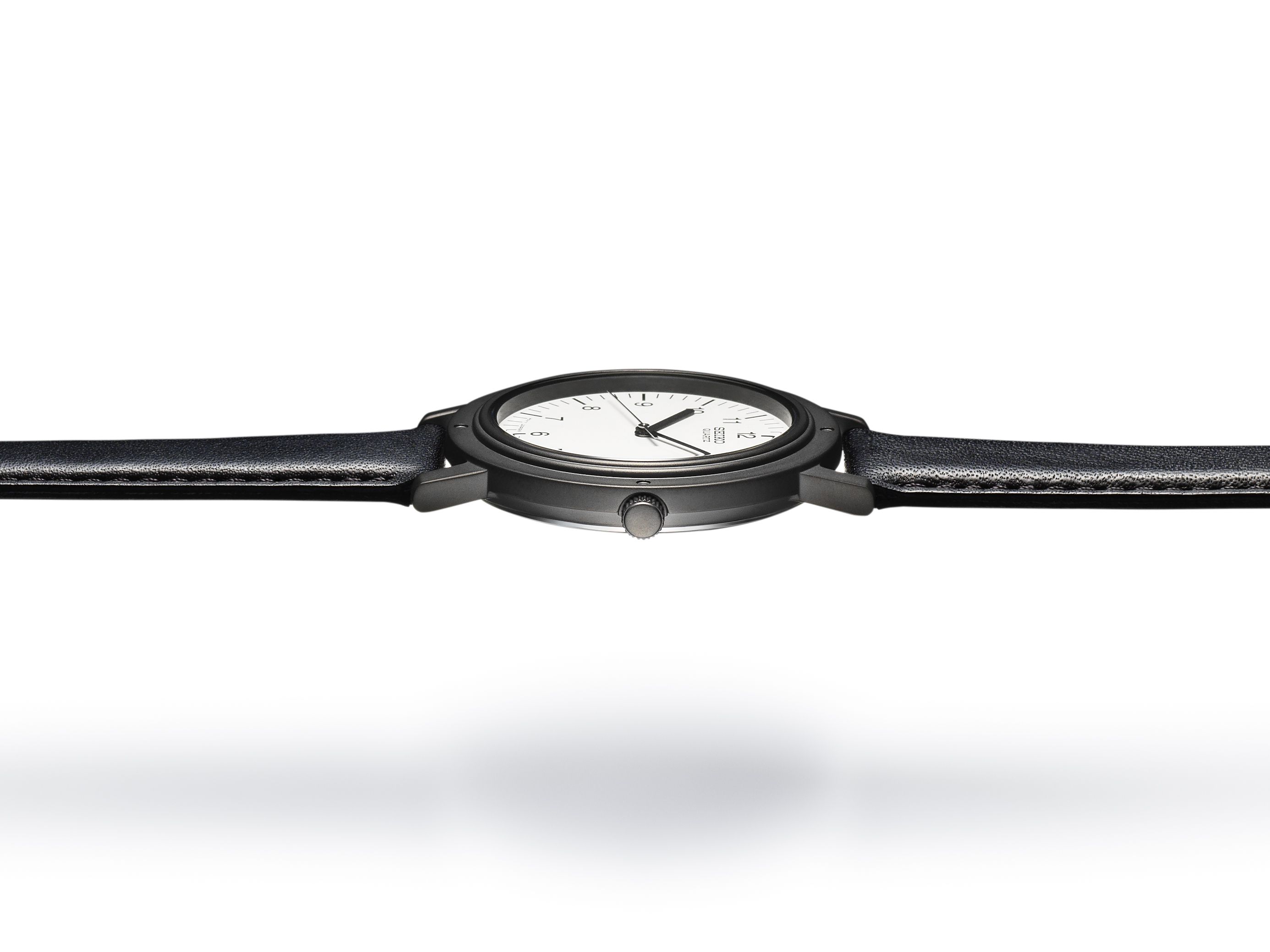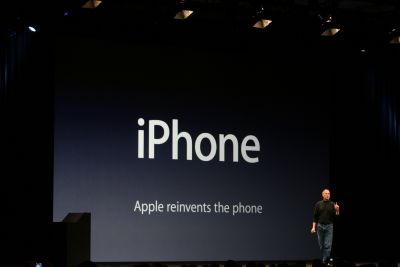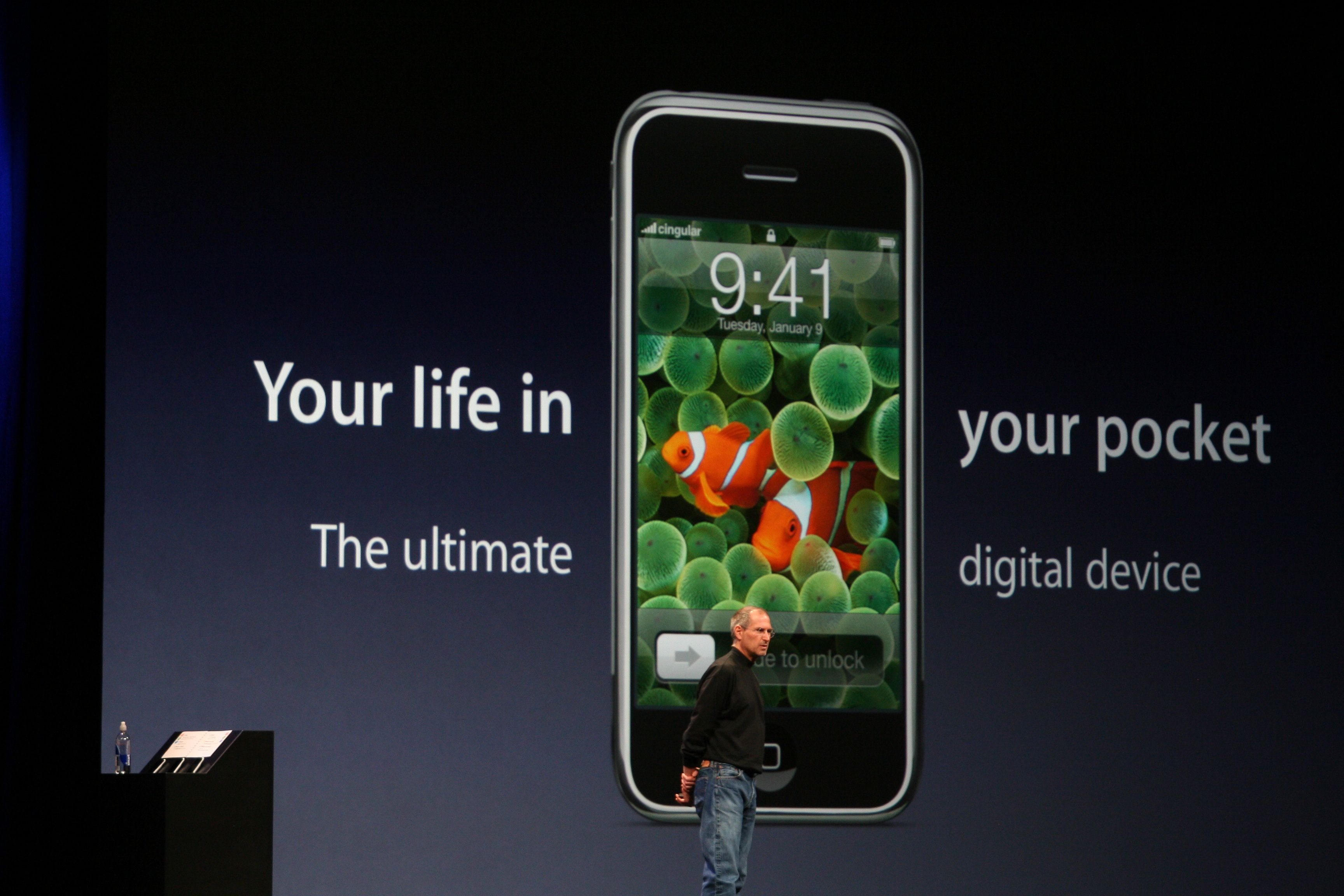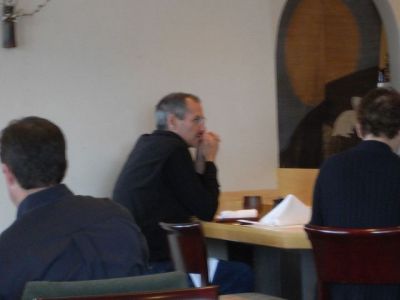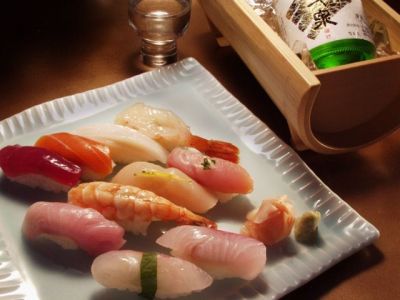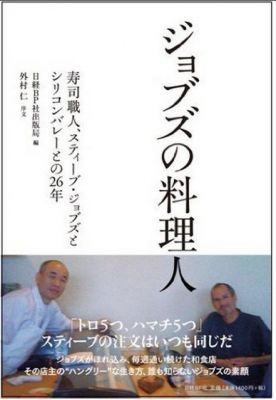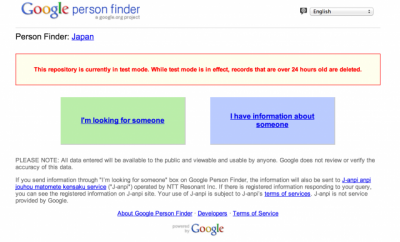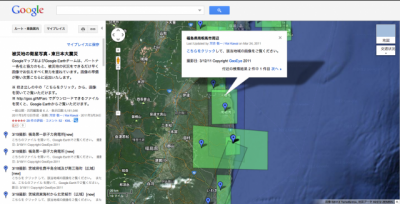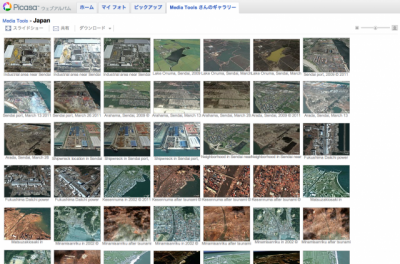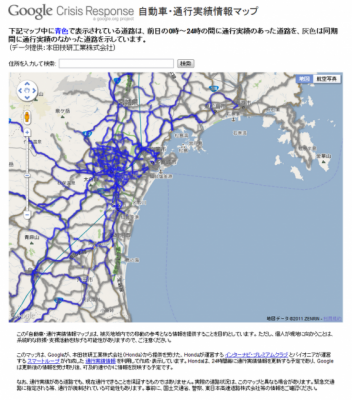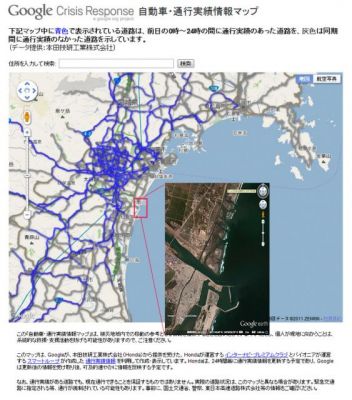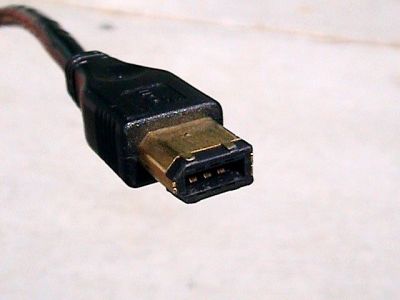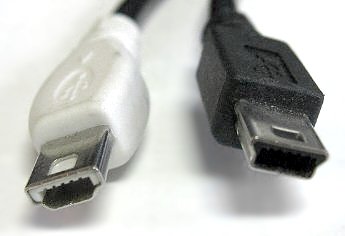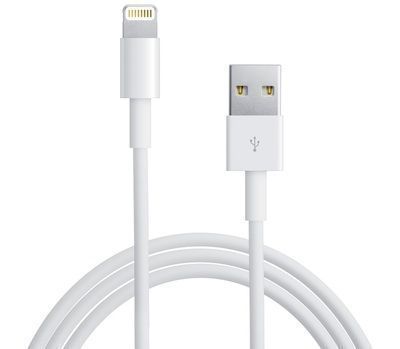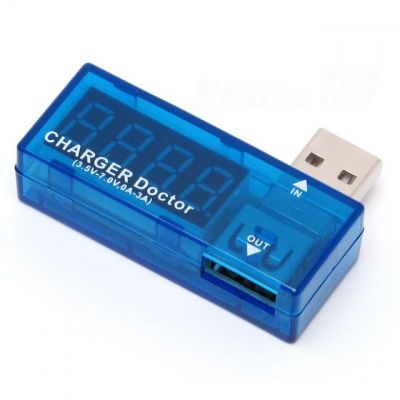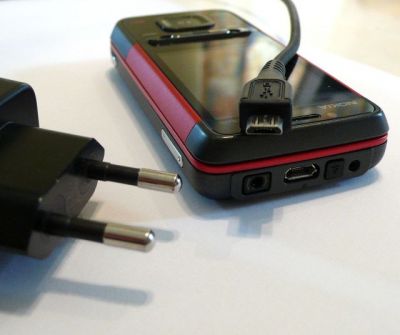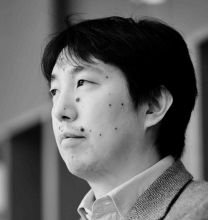European Union, wake up!
It is 21st Century.
So don't spread bad design such as USB. It would create another century of plug/cable mess.
You shouldn't let computer manufacturers and chip manufacturers design connectors and cables. They just don't bother practicing a good design. USB is one example of that.
Before USB, we had FireWire (IEEE 1394) designed by Apple and Sony (the two exceptions of the bad-design industry). The connector of FireWire has a very distinctive shape, so the user could tell the orientation just by touching it (in the dark or behind the PC for example).
![]()
FireWire (IEEE 1394) designed by Apple+SONY had distinctive shape, so you can recognize the orientation just by touching
On the other hand, if you have a modern PCs with USB ports, you know what I mean ...
Maybe some of you have the super-power and never pushed the USB plugs up-side-down, but even if so, ask friends/family around you.
I am most certain that they keep repeating the same mistakes even as we speak now thanks to the carefully mal-designed USB plugs.
Of course, everybody person and organization makes mistakes, and you should give a chance to vindicate.
But in the case of USB? Haven't we done enough of that?
I think USB has produced generations of bad designs.
From the very first version of USB, you always have to look at the connector to tell which side is up.
Perhaps, the best design in USB history is the mini-USB port whose shape was a bit easier to distinguish.
![]()
mini USB port was perhaps the best design in USB history
And maybe because USB organization doesn't bother hiring a good designer, for the micro-USB, they just shrink the mini-USB design. But size 'does' matter. That design worked for mini-size but not for the micro-size.
Now it is a global habit for hundreds of millions of people around the world to waste time figuring out which side is up and which side is down; and thanks to the bad design, even when you are holding the cable in the correct orientation, sometime, it doesn't plug-in as smoothly as the lightning cable.
Apple, Inc. (with good designers) knew as the connectors become smaller, it would become hard to distinguish the orientation by the shape of connectors; and that is why they invented the 'lightning' cable which you can plug-in without bothering the correct orientation; you can hook the cable either way and it works.
Android users and Apple-hater should at least try the 'lightning' cable; you can still keep hating Apple, but I want you to become fair enough to distinguish a 'good design' in the area where 'bad design' has most penetration.
![]()
The mess with micro-USB doesn't end in the thoughtless connector shapes.
If you are an high-spec Android phone user, perhaps, you must know by now that you have to have a correct AC adapter and a correct cable to charge your phone.
While some old wall adapters only support 1 Ampere, to charge some of those high-spec Android phone, you have to have more than 2 Ampere (which by the way, is also a requisite to charge iPads).
And when you do that, you also have to have a correct micro-USB cables.
There are so many micro-USB cables that just doesn't charge those high-spec Android phones.
I wanted to write this article for so long but keep forgetting it, but today, I have decided to write it for two reasons:
1) yesterday, I had to bought a micro-USB cable because I needed to use my Android phone and it was out of battery. And that micro-USB cable didn't work.
2) in my friend's Facebook wall, I found a new Japanese gadget for those troubled by this charging problem
The gadget is called 'CHARGE DOCTOR' and if you hook it in between your charger or PC and microUSB cable, you will know if the cable is transmitting sufficient amperes (i.e. if that cable works).
![]()
beware manufactures claim there's cheaper copy product which shows incorrect measure
It is a perfect example of 'necessary evil' created thanks to the bad design of microUSB.
I don't want to anger the Apple haters, but if you allow me. In order not to create this kind of mess (with bad quality cables), Apple put a chip inside the 'lightning' plug and certifying proper cables with 'Made for iPhone' and 'Made for iPad' logo.
This is how you protect the good experience of your customers.
The connectors and cable todays are not the cables and connectors of the 1990s, it is transmitting incomparably high amount of data and electrical currencies and you need careful control of it.
But USB gangs are just defining the spec and let the other manufacturers create a mess; well, to be fair with them, there is also a 'certified USB' logo, but the USB created a culture where their distributors and customers go for the cheaper cables, etc.
I still hope, USB will do a better design job with their next generation connectors and cables, but re-creating the customer culture and brand recognition is not as easy.
![]()
European Union tries to standardize on micro-USB
Now, there is a third reason that I had to write this article.
European Union seem to have passed a law to force all manufacturers of smartphones to stick with the micro-USB port (they are not giving USB.org to try a better design) after 2017:
geek.com: Apple will be forced to use micro USB chargers by 2017
In the beginning of this post, I wrote 'you shouldn't let computer manufacturers and chip manufacturers design connectors and cables.'
But before that, we shouldn't let government or political union regulate 'connectors and cables.'
I know European countries had made a huge mistake by making the power plugs in Europe a chaos. And perhaps, this traumatic mistake leads to this new regulation for 'connectors and cables.' But don't!
Today, the market economy will decide the standard and it is more difficult to create another mess like the European power plugs. As a matter of fact, if you look at the smartphone market, there are basically two big standard setters: Apple and USB.
If you insist in regulating it, you have to go to Apple's design because EU includes UK, France, Germany, Italy, Spain, Sweden and other countries that care for 'GOOD DESIGN."
But it is very unlikely, that Apple would open their standard. Even if they did, it will be awkward for Apple to certify competitors' phones. That's why you should 'not' regulate.
I believe designers in European countries should unite and fight this non-sense law.
